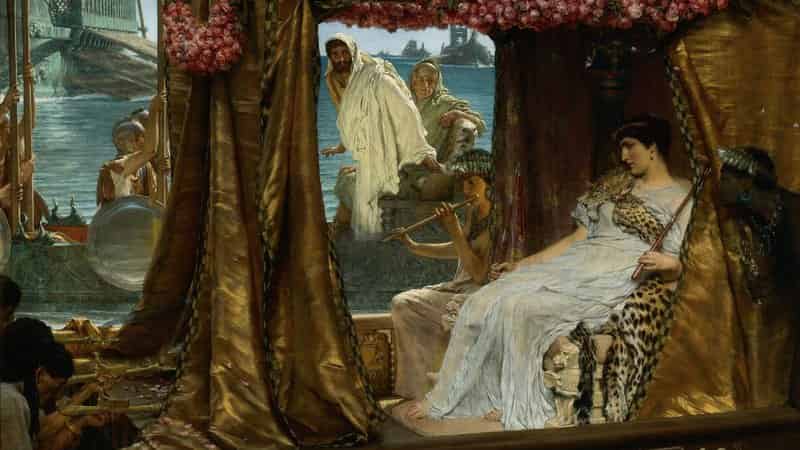Archaeologists from the University of Hawaii, in collaboration with renowned perfumers, have successfully recreated two of the most famous fragrances used in ancient Egypt.
Robert Littman and Jay Silverstein, archaeologists at the University of Hawaii, set out to recreate the scent of perfumes that may have been worn by Queen Cleopatra and contributed to the captivation of Julius Caesar and Mark Antony.
The city of perfumes
To recreate these aromas, the researchers took samples of vessels that once contained them from the ancient Egyptian city of Thmuis, which was located in the Nile Delta and experienced its heyday during the Ptolemaic period.
In 2012, the house of a perfume and ointment merchant was excavated in Thmuis, which contained a space where the manufacturing process for these products was apparently carried out.
Chemical analysis of the remains found in amphoras and glass bottles revealed some of the ingredients used to make these two scents, which were then recreated by Egyptian perfume specialists Dora Glodsmith and Sean Coughlin using formulas preserved in ancient texts.
The base of both fragrances is myrrh, a resin extracted from a tree native to the Horn of Africa and the Arabian Peninsula, with ingredients such as cardamom, olive oil, and cinnamon added to create a thicker, stickier perfume with a strong, spicy, slightly musky scent that lasted longer than modern fragrances.
Exclusive fragrances
It is uncertain whether Cleopatra used the recreated fragrance, as American perfumer Mandy Aftel suggests that the queen had her own perfume factory where exclusive fragrances were created for her.
It is more likely that she used a unique, exclusive perfume rather than a standard one. The legend that before her meeting with Mark Antony in Tarsus, Cleopatra sprayed the sails of her ship with so much perfume that Antony could smell it before seeing the ship, demonstrates her passion for exclusive perfumes.
Even if Cleopatra did not personally use these perfumes, it is likely that the upper classes of ancient Egypt used fragrances with a similar aroma to the one recreated by specialists.
The recreation of these perfumes is part of the National Geographic Society’s exhibition titled “Queens of Egypt” at their museum in Washington DC.






